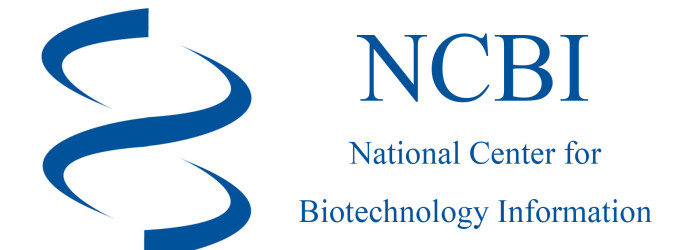Targeting the succinate receptor effectively inhibits periodontitis
Published: September 2022
Abstract
Periodontal disease (PD) is one of the most common inflammatory diseases in humans and is initiated by an oral microbial dysbiosis that stimulates inflammation and bone loss. Here, we report an abnormal elevation of succinate in the subgingival plaque of subjects with severe PD. Succinate activates succinate receptor-1 (SUCNR1) and stimulates inflammation. We detected SUCNR1 expression in the human and mouse periodontium and hypothesize that succinate activates SUCNR1 to accelerate periodontitis through the inflammatory response. Administration of exogenous succinate enhanced periodontal disease, whereas SUCNR1 knockout mice were protected from inflammation, oral dysbiosis, and subsequent periodontal bone loss in two different models of periodontitis. Therapeutic studies demonstrated that a SUCNR1 antagonist inhibited inflammatory events and osteoclastogenesis in vitro and reduced periodontal bone loss in vivo. Our study reveals succinate’s effect on periodontitis pathogenesis and provides a topical treatment for this disease.






